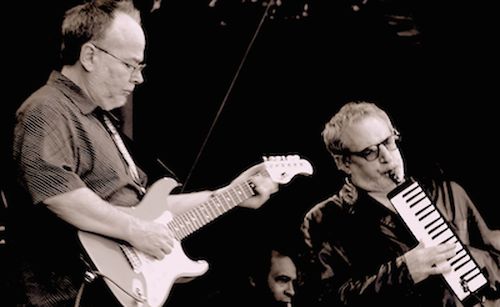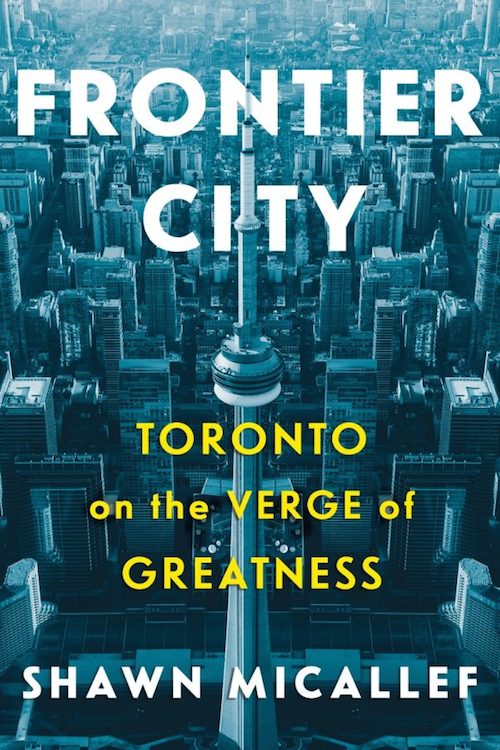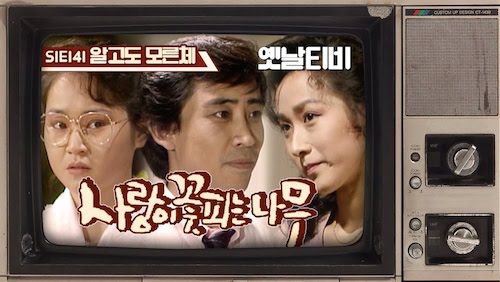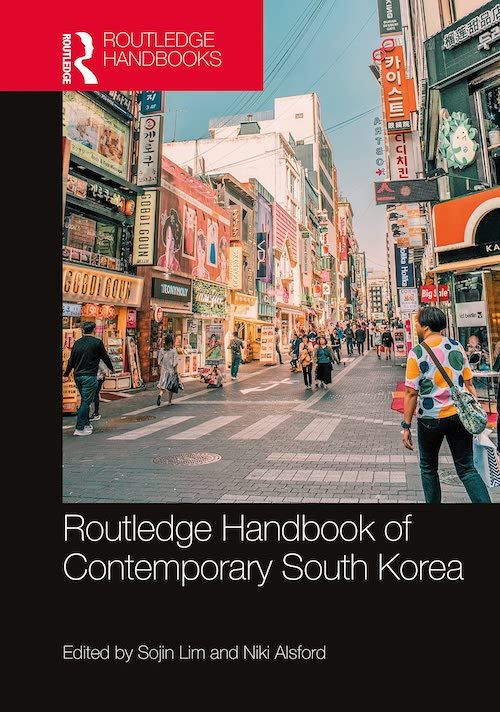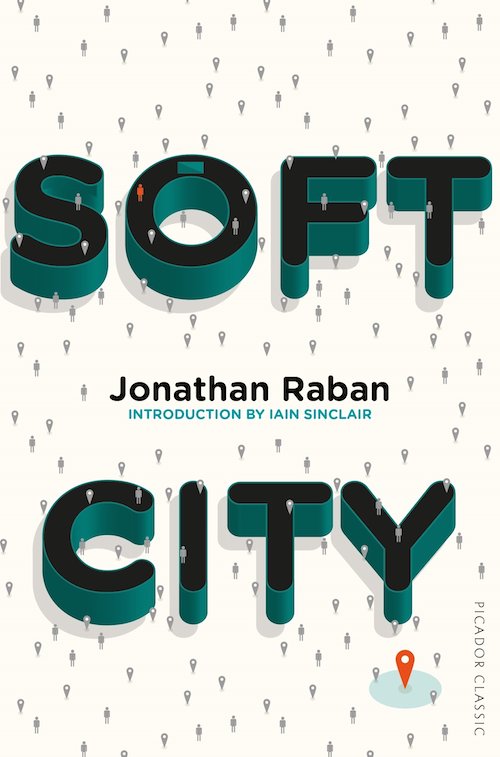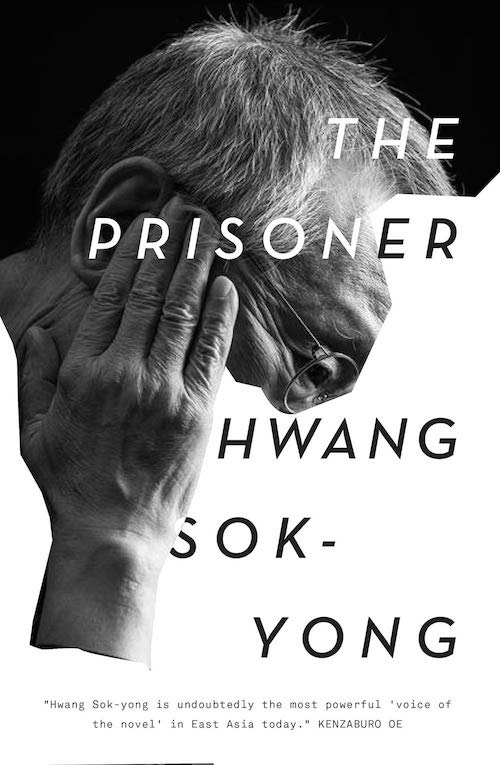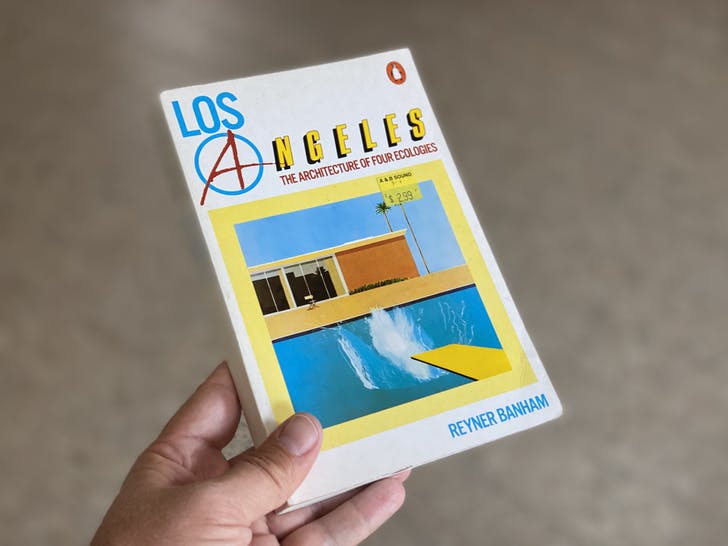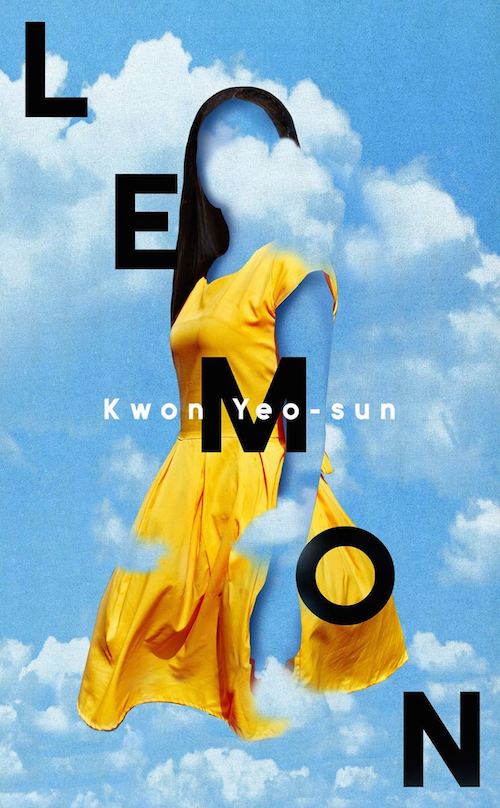
A murder mystery can end either resolved or unresolved. Most writers opt for the former, if only out of habit or crowd-pleasing instinct, though some habitually leave ends just loose enough to lead to a sequel. In the absence of any resolution, a novel’s very status as a murder mystery comes into doubt. It tends not to be described as belonging to the genre, but as using its elements — or, imprecisely, as “deconstructing” it. Reviewers of Kwon Yeo-sun’s Lemon (레몬), newly published in Janet Hong’s English translation, disagree about whether its central mystery is fully resolved. One could make a fair case either way, to my mind, but in this lack of a resolution over whether it even contains a resolution — its meta-unresolvedness, if you like — lies a clue to the source of its power, which critics have variously but unanimously praised.
The murder in Lemon is that of an eighteen-year-old girl named Kim Hae-on, the enchantress of her high school. “Her beauty seemed not of this world, a kind you rarely encountered,” remembers a former classmate who narrates certain chapters. After a glimpse of Hae-on’s face, “the classroom seemed to have transformed into a fictional, perhaps magical, place.” As for her body, it later turns up lifeless in a park, bearing evidence of blunt force trauma to the head. Her underwear is also missing, seemingly not the work of her attacker — “the autopsy didn’t reveal any traces of rape or sexual assault” — but the result of her own lifelong carelessness about matters of dress. “Before stepping out of the house, I stood her before me and circled her, checking her uniform to make sure she hadn’t forgotten anything,” recalls her younger sister Da-on.
Apart from her defining (though vaguely sketched) looks, Hae-on comes across as in no way especially appealing. “It seemed she didn’t think about anything,” says Da-on. “She did nothing and thought nothing. She considered no one and harmed no one. She wasn’t interested in anyone nor bothered by anyone.” When hungry “she became incapable of empathy, of putting herself in someone else’s shoes, and hardly considered another person or the smallest etiquette.” She “seemed like an animal then, or even worse a sociopath, someone who could easily take a piece of bread from a starving child or elderly person.” Somehow, Hae-on’s less than fully human — or simply other than fully human — behavior hasn’t drawn more comparisons to Han Kang’s acclaimed The Vegetarian (채식주의자), which also features an inert woman, withdrawn from human affairs, her actions relayed through the interpretations of others.
Read the whole thing at the Los Angeles Review of Books.

